Teaching History articles
1033 publications
-
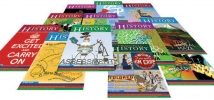 What’s the wisdom on… Interpretations of the past
What’s the wisdom on… Interpretations of the past
-
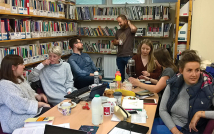 Bridging the gap: supporting early career teachers’ professional development as history teachers
Bridging the gap: supporting early career teachers’ professional development as history teachers
-
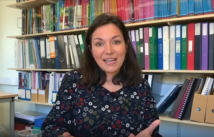 Modelling the discipline
Modelling the discipline
-
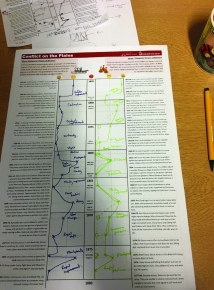 Using historical discourse to find narrative coherence in the GCSE period study
Using historical discourse to find narrative coherence in the GCSE period study
-
 What’s the wisdom on… Evidence and sources
What’s the wisdom on… Evidence and sources
-
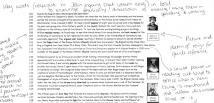 Using narratives and big pictures to address the challenges of a 2-year KS3 curriculum
Using narratives and big pictures to address the challenges of a 2-year KS3 curriculum
-
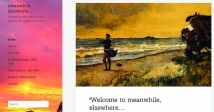 Harnessing the power of community to expand students’ historical horizons
Harnessing the power of community to expand students’ historical horizons
-
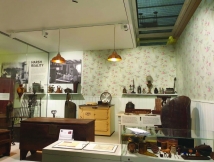 Triumphs Show 176: Using material culture as a means to generate an enquiry on the British Empire
Triumphs Show 176: Using material culture as a means to generate an enquiry on the British Empire
-
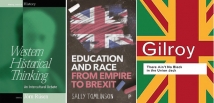 Thinking beyond boundaries
Thinking beyond boundaries
-
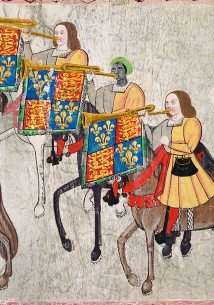 Widening the early modern world to create a more connected KS3 curriculum
Widening the early modern world to create a more connected KS3 curriculum
-
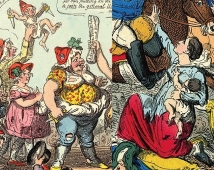 Polychronicon 176: Peterloo, 1819–2019
Polychronicon 176: Peterloo, 1819–2019
-
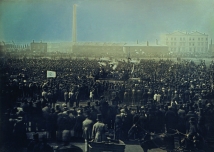 Teaching Year 8 pupils to take seriously the ideas of ordinary people from the past
Teaching Year 8 pupils to take seriously the ideas of ordinary people from the past
-
 Move Me On 176: worried about how to deal with his own dyslexia in the classroom
Move Me On 176: worried about how to deal with his own dyslexia in the classroom
-
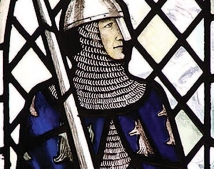 The dialogic dimensions of knowing and understanding the Norman legacy in Chester
The dialogic dimensions of knowing and understanding the Norman legacy in Chester
-
 Move Me On 175: paying attention to why topics have been included in schemes of work
Move Me On 175: paying attention to why topics have been included in schemes of work
-
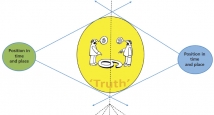 Confronting conflicts: history teachers’ reactions to spontaneous controversial remarks
Confronting conflicts: history teachers’ reactions to spontaneous controversial remarks
-
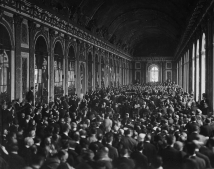 Polychronicon 175: Paris 1919 – a century on
Polychronicon 175: Paris 1919 – a century on
-
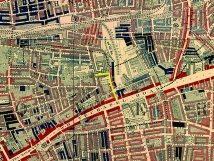 Using an anthology of substantial sources at GCSE
Using an anthology of substantial sources at GCSE
-
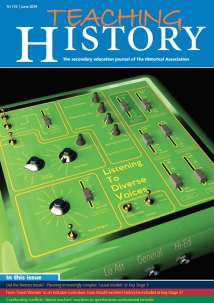 Teaching History 175: Out now
Teaching History 175: Out now
-
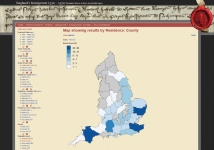 Cunning Plan 175: Using the England's Immigrants database
Cunning Plan 175: Using the England's Immigrants database
-
 Teaching Year 9 to take on the challenge of structure in narrative
Teaching Year 9 to take on the challenge of structure in narrative
-
 What’s the wisdom on… Causation
What’s the wisdom on… Causation
-
 How should women’s history be included at Key Stage 3?
How should women’s history be included at Key Stage 3?
-
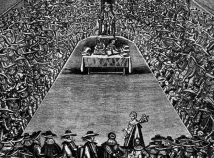 Planning increasingly complex causal models at Key Stage 3
Planning increasingly complex causal models at Key Stage 3
-
 What kinds of feedback help students produce better historical narratives of the interwar years?
What kinds of feedback help students produce better historical narratives of the interwar years?
-
 Cunning Plan 174: creating a narrative of the interwar years
Cunning Plan 174: creating a narrative of the interwar years
-
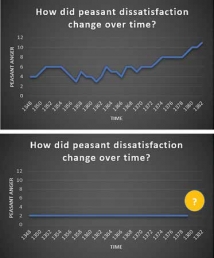 Using diagrammatic representations of counterfactuals to develop causal reasoning
Using diagrammatic representations of counterfactuals to develop causal reasoning
-
 New, Novice or Nervous? 174: Building students' historical talk
New, Novice or Nervous? 174: Building students' historical talk
-
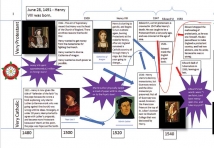 Exploring the importance of local visits in developing wider narratives of change and continuity
Exploring the importance of local visits in developing wider narratives of change and continuity
-
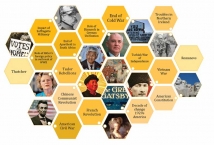 Allowing A-level students to choose their own coursework focus
Allowing A-level students to choose their own coursework focus

